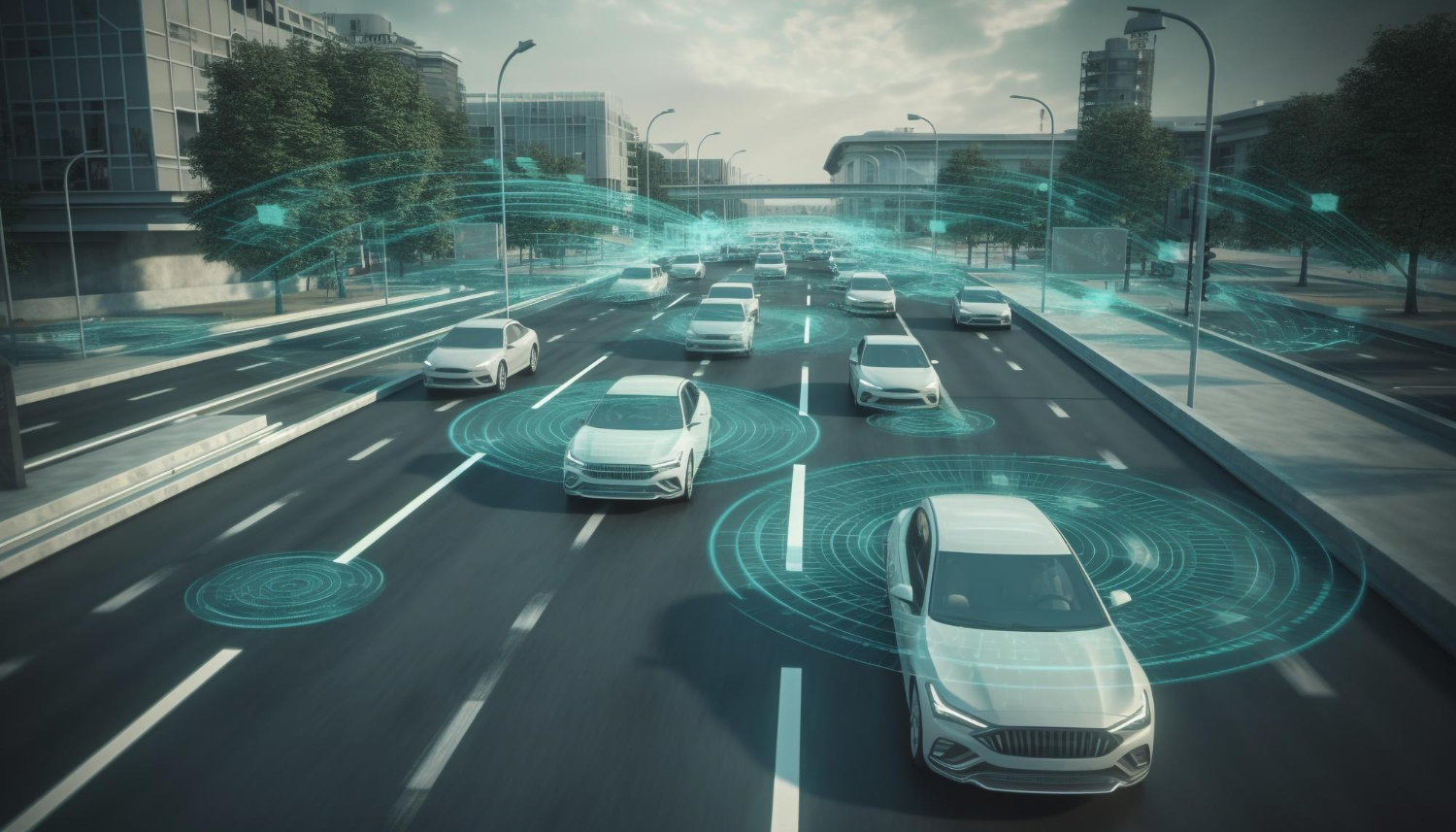In 2021, Ford, the iconic American automaker, made a shocking announcement: it was pulling out of India after nearly a century of operations. The decision sent shockwaves through the Indian car market and left many wondering why a company with such a long and storied history in the country would choose to leave.
REASONS FOR FORD’S DEPARTURE
There were several factors that contributed to Ford’s decision to exit India:
- Struggling Product Portfolio: Ford’s focus on SUVs and sedans like the Endeavour and Figo didn’t resonate with budget-conscious Indian buyers who increasingly preferred smaller, more fuel-efficient cars like the Maruti Suzuki Swift and Hyundai Grand i10 Nios.
- Unprofitable Operations: High manufacturing costs, low sales volumes, and underutilized production capacity led to persistent losses for Ford India. The company’s market share in India dwindled from a peak of 8% in 2010 to less than 2% in 2021.
- Failed Collaborations: Unsuccessful joint ventures like the one with Mahindra, which produced vehicles like the Ford EcoSport, only added to Ford’s woes.
- Evolving Market Landscape: The rise of Korean and Japanese carmakers like Kia and Toyota, coupled with changing customer preferences towards features and safety, left Ford lagging behind.
A POTENTIAL EV COMEBACK?
Despite its exit, there have been rumors that Ford might return to India, this time focusing on electric vehicles (EVs). The Indian EV market is projected to witness explosive growth in the coming years, reaching 30 million units by 2030, making it one of the most promising EV markets globally.
REASONS FOR A POTENTIAL COMEBACK
- Rapidly Growing EV Market: As India pushes for cleaner transportation, the EV market is expected to boom, presenting a lucrative opportunity for automakers.
- Government Incentives: The Indian government offers attractive incentives for EV production and sales, making it a cost-effective proposition for carmakers. These incentives include subsidies on EV purchase, reduced GST rates, and faster loan approvals.
- Changing Consumer Preferences: Indian consumers are increasingly showing interest in EVs due to environmental concerns, lower running costs, and government incentives. A recent survey by Deloitte found that 72% of Indian consumers are considering buying an EV in the next five years.
CHALLENGES FOR A SUCCESSFUL RETURN
Even if Ford returns to India, the company will face several challenges:
- Competition: Existing players like Tata Motors and Mahindra & Mahindra have a head start in the Indian EV market, with offerings like the Tata Nexon EV and Mahindra XUV700 EV.
- Infrastructure Lack: India’s EV charging infrastructure is still underdeveloped, with limited charging stations available, especially in smaller cities and towns. This can create range anxiety for EV owners and hinder widespread adoption.
- Affordability Concerns: EVs are currently more expensive than traditional cars, potentially limiting their appeal to budget-conscious Indian buyers. Although government incentives help bridge the price gap, EVs remain a premium segment compared to petrol and diesel cars.
CONCLUSION
Ford’s India journey has been a rollercoaster ride of highs and lows. While the company’s exit in 2021 was a blow to the Indian car market, the potential for an EV comeback is exciting. Whether Ford can succeed in its second innings in India will depend on its ability to address the challenges it faces, adapt to the evolving market dynamics, and offer compelling EV options that cater to the needs and preferences of Indian consumers.










